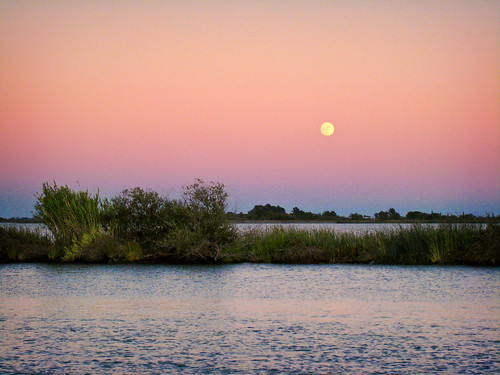I must admit that when I first heard the idea of a tunnel beneath the Sacramento-San Joaquin Delta in California to carry water from the Sacramento River to users to the south, I thought it wacky, on purely engineering grounds. With no evidence or expertise, I thought the whole idea was just batshit crazy. But smarter minds than I seem to think otherwise, and the idea is gaining traction in California. From Bettina Boxall’s story in today’s LA Times:
State officials Wednesday recommended construction of a $13-billion tunnel system that would carry water under the troubled Sacramento-San Joaquin River Delta to southbound aqueducts, a project that would replumb a perpetual bottleneck in California’s vast water delivery network.
But Boxall’s story suggests that, even if it passes the not-batshit-crazy test on technical grounds, it faces serious risks of failing to meet the not-batshit-crazy test on political grounds. It doesn’t look, at least so far, as though it’s satisfying the myriad interests that will have to be satisfied for a compromise solution to the delta’s problems to stick:
Environmental groups assailed the planning report as “flawed, incomplete and disappointing.” And the largest irrigation district in California already pulled its support of the plan, suspecting that it would not restore its water supplies.


One would expect Westlands to whine.
I know some of the people who first started tossing the idea around, and they’re very serious. First, the pipeline establishes a fixed defensible barrier onto which other infrastructure (rail, road, other pipelines) can be relocated as needed. Second, you avoid the issue of saltwater intrusion that might arise as a result of global warming or delta island failure. Third, you can eliminate one of the worst problems for delta smelt — the reverse flows at Old Mans River induced by the pumps at Tracy. Fourth, you can expand capacity over time, as opposed to building to maximum capacity. This solves at least three problems — upfront cost, trust of Bay area water users that SoCal won’t steal all their water, and time to build the enormous recharge facilities needed in Kern County to capture peak flows. Fifth, … well, you get the idea.